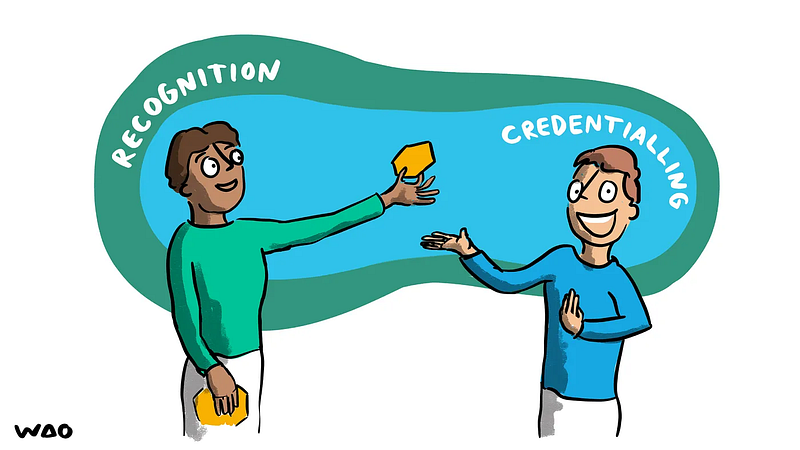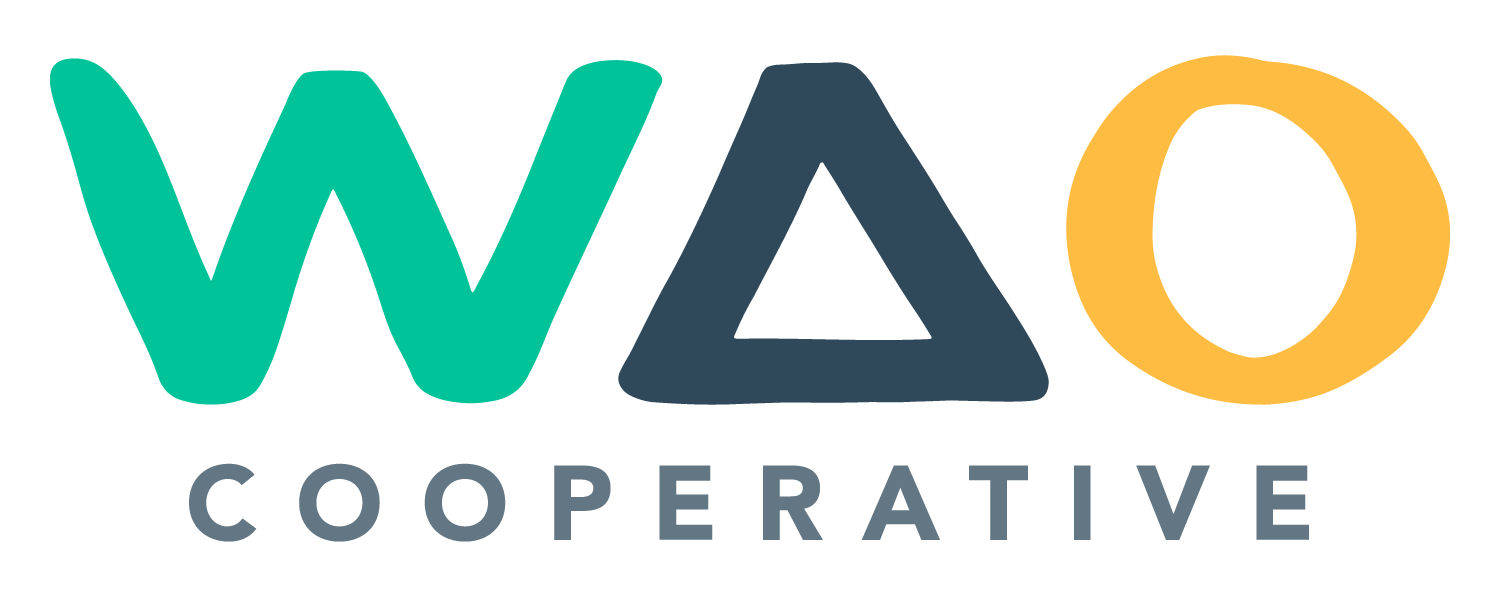
This is the third in a series of blog posts drawing on the insights from a report authored by WAO for the Irish National Digital Leadership Network (NDLN). The report explores the historical roots of credentialing, the emergence of microcredentials, and the opportunities they present for reshaping education and professional development.
Microcredentials are increasingly discussed as a solution to the gaps in traditional education and workforce development systems. However, their purpose and value can be misunderstood, leading to confusion among educators, employers, and learners. In this post, with Open Recognition as a guiding concept, we clarify what microcredentials are, address common misconceptions, and explore how they can meet diverse needs.
- Part 1 — Introduction and Context
- Part 2 — The Evolution of Credentialing
- Part 3 — Demystifying Microcredentials (this post)
- Part 4 — Trends Shaping the Future of Microcredentials
- Part 5 — The Role of Technology in Microcredentialing
- Part 6 — Challenges and Risks in Microcredentialing
- Part 7 — A Vision for the Future of Microcredentials
What Are Microcredentials?
At their core, microcredentials are forms of recognition that help to validate specific skills, knowledge, or behaviours. Unlike traditional degrees or diplomas, which often encompass years of study, microcredentials tend to be smaller, more modular and flexible. They can stand alone as markers of achievement or be combined to create larger qualifications, making them well-suited to today’s fast-changing education and employment landscapes.
Microcredentials are underpinned by principles of transparency and portability. Standards such as Open Badges ensure that each credential contains verifiable information about the skill achieved, the criteria for earning it, and the issuing organisation. This approach builds trust and enables learners to showcase their achievements across different platforms and contexts.
Addressing Common Misconceptions
One of the biggest misconceptions about microcredentials is that they are simply short courses. While some microcredentials are tied to short learning experiences, their true value lies in their ability to represent specific knowledge, skills, and behaviours in a way that is transparent and meaningful to employers and other stakeholders. Unlike traditional short courses, microcredentials include detailed evidence of achievement, such as project work or assessments, supported by standards like Open Badges, which ensure interoperability and trust.
Another misconception is the risk of ‘credential fatigue’ where learners are overwhelmed by the need to collect numerous credentials to prove their skills. Thoughtfully designed systems mitigate this risk by ensuring that microcredentials are stackable and aligned with broader qualification frameworks. This allows learners to build towards larger goals rather than accumulating isolated credentials.
Meeting Sector-Specific Needs
Microcredentials are well-positioned to tackle diverse challenges across various sectors. To maximise their effectiveness, they must adhere to certain key principles. They should be standards-based, utilising frameworks such as Open Badges or Verifiable Credentials (to be explored in a future post), which ensures their portability and interoperability.
The metadata included in a microcredential should clearly outline the skills achieved, the criteria met, and the issuing organisation. In addition, they must focus on specific, demonstrable knowledge, skills, and/or behaviours in a way that allows them to be ‘stacked’ towards larger qualifications. These features collectively ensure that microcredentials remain meaningful, portable, and impactful for both learners and organisations.
The principle of Open Recognition broadens the scope of microcredentials, valuing learning in all its forms — formal, informal, and experiential. By adopting Open Recognition, organisations can ensure that microcredentials are inclusive and accessible, celebrating a wide range of achievements. This approach enables credentials to reflect not only technical skills but also personal growth, community contributions, and soft skills.
To illustrate their versatility, here are examples of how microcredentials can address sector-specific needs. Microcredentials can:
- Charities — Recognise skills gained through volunteer work, fundraising activities, and advocacy campaigns, helping participants showcase their contributions to broader causes.
- NGOs — Validate the skills of community workers and volunteers, making their contributions visible and valued.
- Co-ops — Highlight informal learning and collaboration, supporting shared growth and innovation.
- Businesses — Align organisational values, such as sustainability or diversity, enhancing staff development and retention.
- Higher Education — Offer targeted learning opportunities that complement traditional degree programmes, such as industry-specific certifications or co-curricular achievements.
Microcredentials are not simply a way of breaking up an existing course into more granular chunks. Instead, they allow organisations to think deeper and wider about the kind of knowledge, skills, and behaviours they wish to promote. This can be in collaboration with other providers, for example when Higher Education institutions work with businesses to ensure a talent pipeline.
Looking Ahead
In the next post, we’ll examine the trends shaping the future of microcredentials. From skills-based hiring to stackable learning pathways, we’ll explore how these developments are driving change and creating new opportunities in a range of sectors.

Discussion